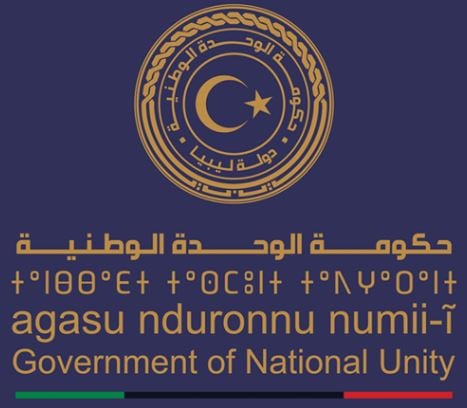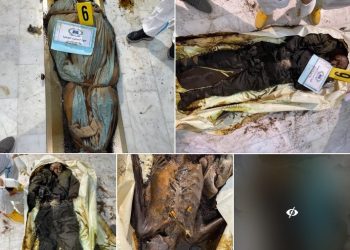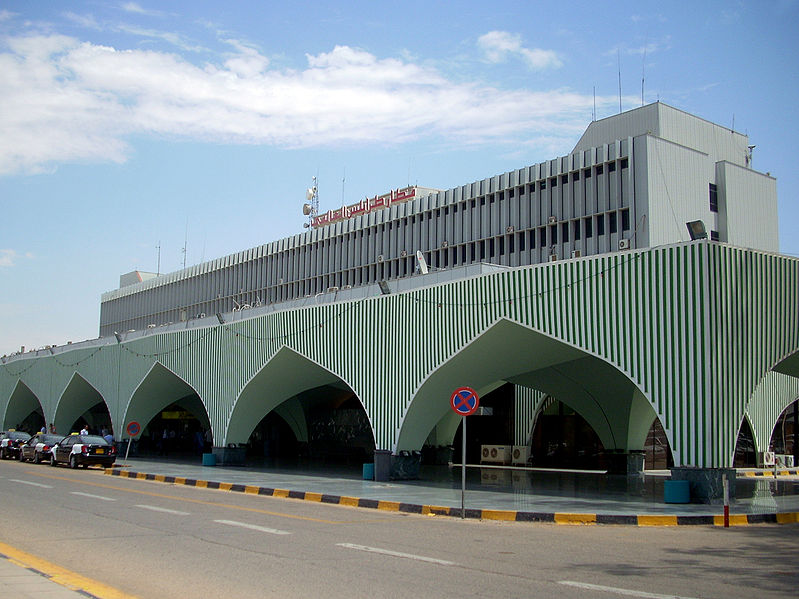By Libya Herald staff.

18 November 2014:
The Tripoli authorities operating under the Omar Al-Hassi administration are doing nothing to help protect historic . . .[restrict]artefacts in the capital that are under attack, local heritage professionals have said.
“We have not seen the Tripoli ‘government’ do anything to help stop the recent destruction of Libyan heritage,” a senior cultural and historical expert, speaking on condition of anonymity, told the Libya Herald. “We asked them to help but they have done nothing. Now they’re in charge, it is their responsibility”
Since the installation of Hassi’s “government”, the capital has witnessed a marked increase of attacks on historic mosques and the removal of two statues – the Ghazala fountain statue on Tripoli’s Corniche and a statue of Omar Mukhtar in Maya.
“These Islamic fundamentalists believe that statues are bad – that they are against religion and take people away from God. Because of this, they want to demolish all statues,” he said. “But Omar Mokhtar is a symbol for the country of the freedom of Libya.”
He added that, despite letters sent to the police and to Omar Al-Hassi’s culture ministry, no action had been taken.
Maintenance works to repair part of the sculpture damaged by gunfire in early August had been scheduled to take place the very day the Ghazala statue disappeared, the heritage source said. The Tripoli Municipality had been informed of the scheduled works and there were suspicions that this information had leaked to extremists who decided to prevent it going ahead. He added that the removal of the statue would have required some planning, explaining: “It is a big operation to remove this statue. It’s not something easy – it needs machinery.”
The municipality of Central Tripoli, now under the control of mayor Mehdi Al-Harati, had also been less than helpful with regard to the disappearance of the Ghazala statue, he said.
“A heritage NGO told me they contacted the mayor and he said the Ghazala was with the municipality and told them where they could find it, but when they went to that place, they found nothing,” he said. “It was a trick, like something out of Tom and Jerry.” He added that Harati had since claimed to know nothing about the statue’s disappearance.
Heritage professionals now fear for the safety of other precious historic items in the capital, which include pre-historic and Ottoman artefacts, as well as a wealth of sculptures and archaeological remains from the Greek and Roman periods.
“We want people in Libya and in the rest of the world to know about the big problem we now face,” he said. “These extreme fundamentalist people are starting to demolish every heritage item and piece of culture in Libya.”
He added that UNESCO had advised them to prepare a comprehensive list of places and monuments that needed to be protected. However, it was difficult to see how this would serve any useful purpose until officials in Tripoli were prepared to take positive steps towards preserving the capital’s heritage, he stressed.
[/restrict]









